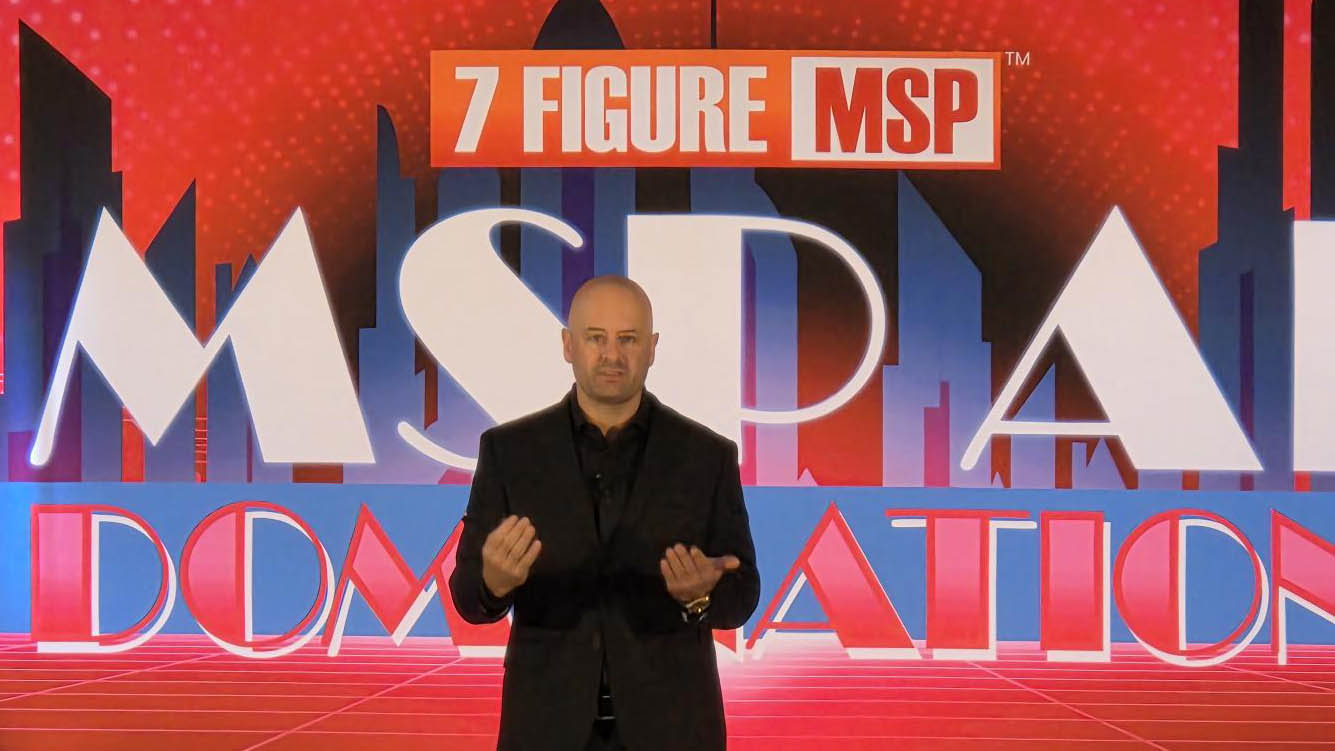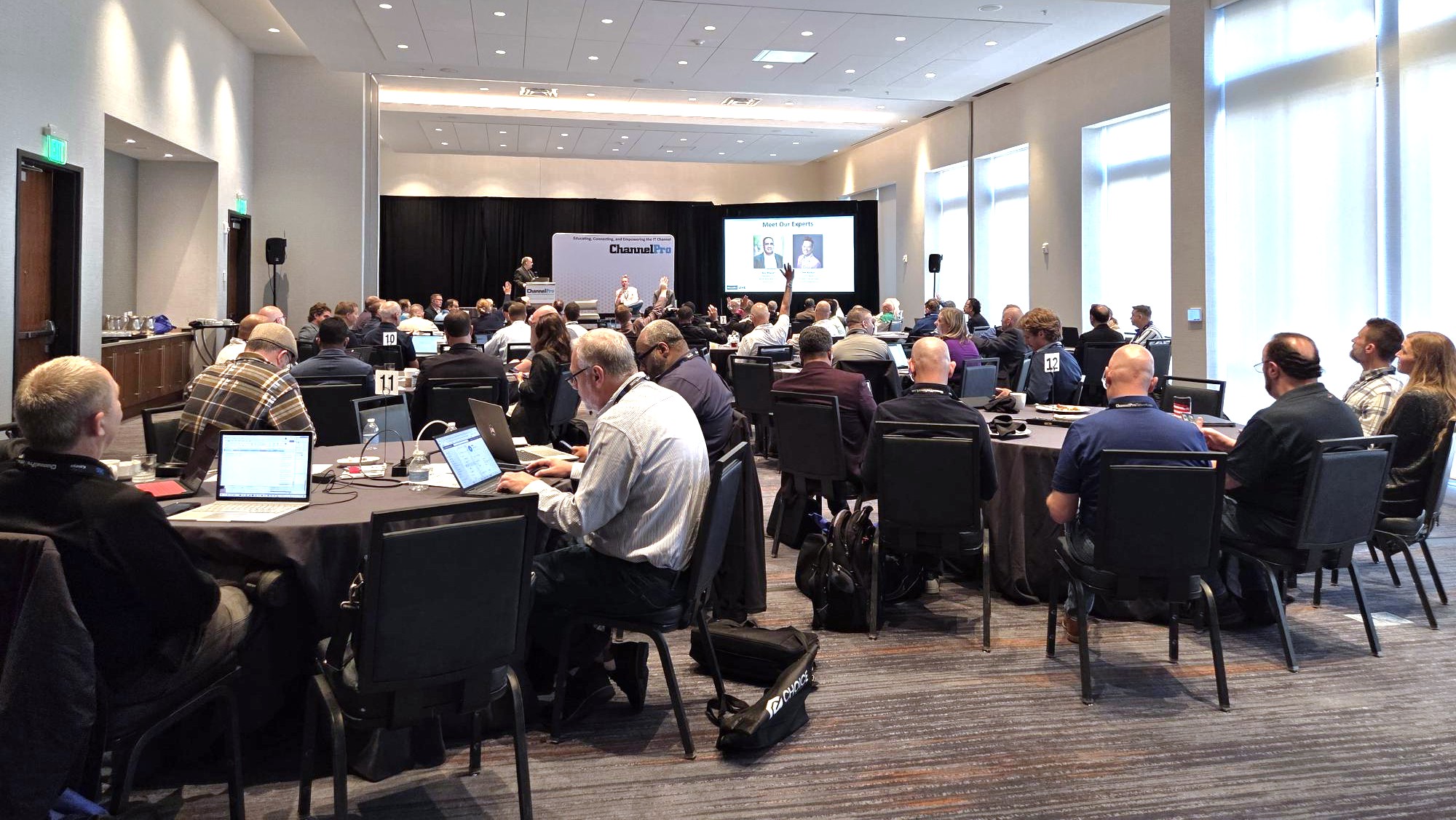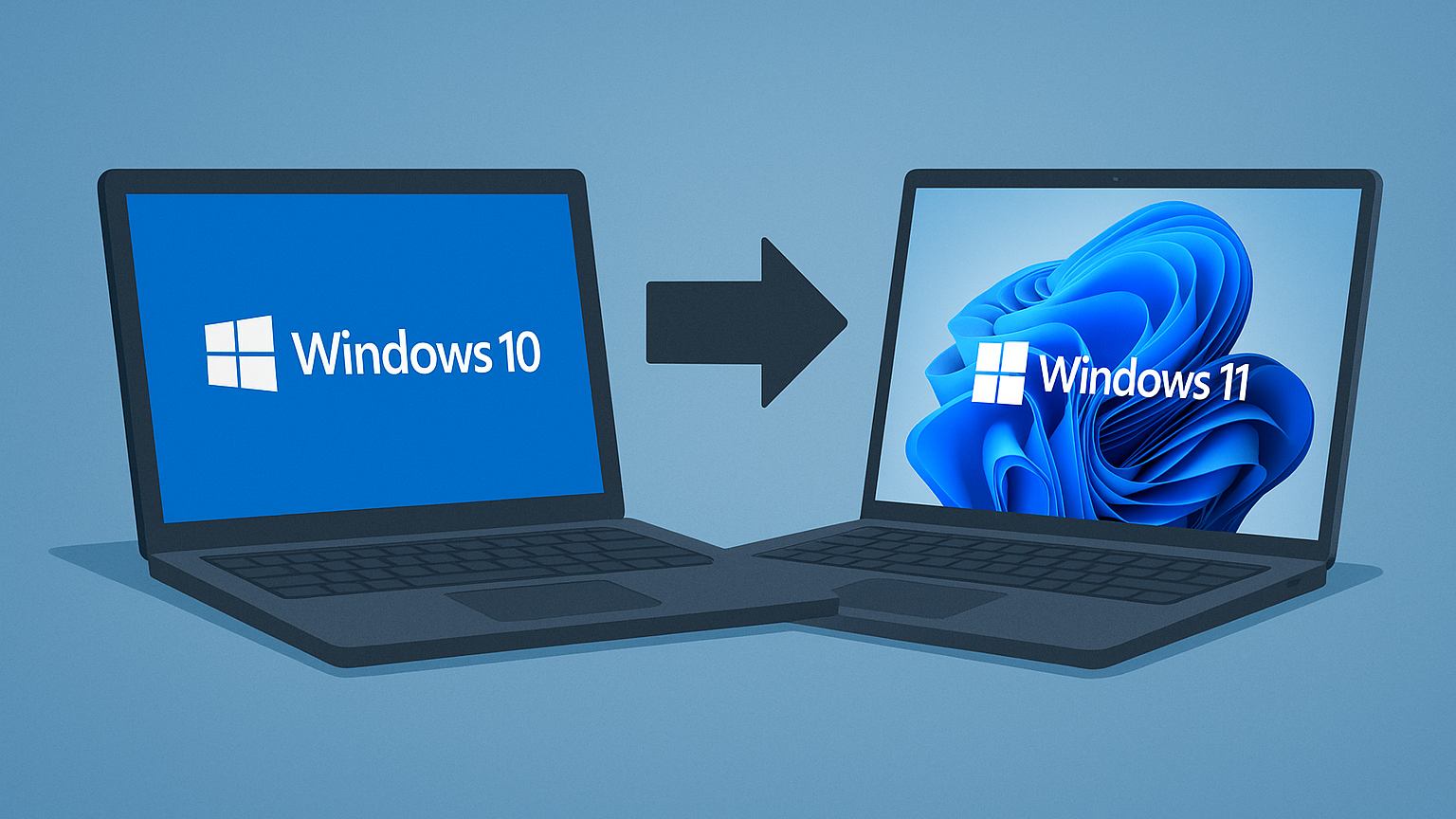As cyber threats continue to grow in sophistication and complexity, many businesses are turning to their trusted IT solution providers for support in defending against them. In fact, according to an IDC report, managed security services was set to be the largest technology category in 2019, with firms spending more than $21 billion for 24×7 security support. Conventional wisdom might assume that in the face of increasingly advanced threats, managed service providers and their customers must adopt more complex cyber defenses. But the problem with scaling security this way is that time and staffing don’t always scale automatically to meet increasing requirements of additional security solutions and the additional complexity they bring about. The answer to this problem is to take a more simplified approach to security implementations.
IT solution providers that are able to simplify security for their customers can better protect them in today’s evolving threat landscape, while promoting heightened profitability and business growth. Here are three keys to simplifying security for your customers today:
1. Centralized management and reporting – Most MSPs are no stranger to the pressures of constant networking and security alerts and support tickets on top of other daily responsibilities for multiple customers. And you’re probably all too familiar with the added struggle caused by a growing roster of disparate tools from multiple vendors, each with their own management interface. The phrase “”time is money”” is painfully applicable for most MSPs with these issues. But managing multiple vendors across security and technology stacks is no longer a necessary evil. The more offerings you can adopt from a single vendor while ensuring that customers get the services they need, the easier it is to keep your total vendor count (and the associated cost and productivity issues) down. Furthermore, to make life easier on the management side, it’s critical that you prioritize out-of-the-box integrations that allow your stack to work harmoniously.
Fortunately, more and more MSPs are adopting network management and security products that are easy to configure and deploy, and enable ongoing administration from a single, intuitive UI. For instance, the ability to conduct one-touch configuration or firmware updates is a critical capability every MSP should have today, saving time and ensuring that policies are synchronized across distributed deployments. Some solutions even allow you to create policy templates from centralized, cloud-based management consoles and quickly push them to multiple appliances at various locations using role-based tenant settings. An easy-to-use, cloud-based management system can centralize a ton of previously arduous configuration, deployment, and management tasks, and help maintain a strong network performance and security posture for your customers at scale.
2. Actionable network and security data – As customer IT infrastructures grow in size and complexity, granular visibility into activity across them is crucial. This enables IT solution providers to recognize patterns, threats, and security gaps, and to respond before damage occurs. Unfortunately, many network visibility platforms deliver large volumes of data, but with little consideration for priority ranking. What good is all this information if the issues that require urgent action are buried? The answer is: not much. This approach is overwhelming for MSPs who are tasked with constant and seemingly never-ending queues of security alerts and issues across multiple customers.
Furthermore, reporting can be one of the most valuable parts of your business, making it possible for you to show customers and prospects the value of your team’s hard work, as well as ensuring that they’re on track to stay compliant and operational. But managing and reporting from multiple tools makes the process more of a headache than it needs to be!
The truth is, a clear, simplified approach that provides actionable data will help IT solution providers more quickly and effectively prioritize, investigate, resolve, and report on network and security issues. Automated, intuitive visibility dashboards and reports will help prevent your team from wasting time and resources on low-risk events and rapidly gather information on security events, compliance audits, and patterns on the network.
What exactly does actionable data look like? From a network administration standpoint, it could be tracking the top users, destinations, applications, domains, and more. Actionable security information often includes things like the top blocked botnet sites, intrusion preventions, advanced malware attack attempts, and blocked malicious destinations. With these insights, you can easily monitor and gain critical insights about your customers’ network security in real time, from anywhere, and at any time. This enables you to respond to issues rapidly and provide better protection for customers, while offering meaningful reporting that quantifies and illustrates the value of your efforts.
3. Flexible pricing and billing models – Processing payments and managing invoicing for your customers is far from simple. And depending on the number of customers you have, this could be a downright nightmare! To make matters worse, the way you transact with your vendors is often different from the customer billing model you have in place. For example, many MSPs charge customers through a recurring revenue model, but have to pay the full purchase price to their vendors upfront. Simply put, this can result in financial friction that’s unnecessary for your business.
A surefire way to remove this form of complexity is to engage with vendors that offer flexible pricing models that align with your business needs. This could include fixed term contracts paid upfront or monthly, pay-as-you-go setups, or pre-pay points to enable security on a monthly basis. Whatever the case may be, consider working with vendors that allow you to purchase their products in the same way you sell and deliver them to your customers, to ensure profitability for the long term.
The Right Approach
Limited time and resources can sometimes make managing IT security feel like an insurmountable challenge. That’s why it’s so important to understand that the key to good security is simplicity. With the right approach, there’s almost no limit to the number of ways you can remove security complexity for yourself and for your customers. Start with the above items to ensure that your managed services business is well positioned to execute simplified security. The IT landscape today is complex enough. Delivering effective security shouldn’t have to be!
MARK ROMANO is worldwide director of channel and field marketing at WatchGuard, and responsible for the health, growth and diversity of WatchGuard’s distribution and sales channel. A veteran of the technology industry, he brings more than 20 years of experience in positions ranging from product manager to director of marketing for companies including WatchGuard, Hewlett Packard, Dell, Hitachi, and Motorola.














